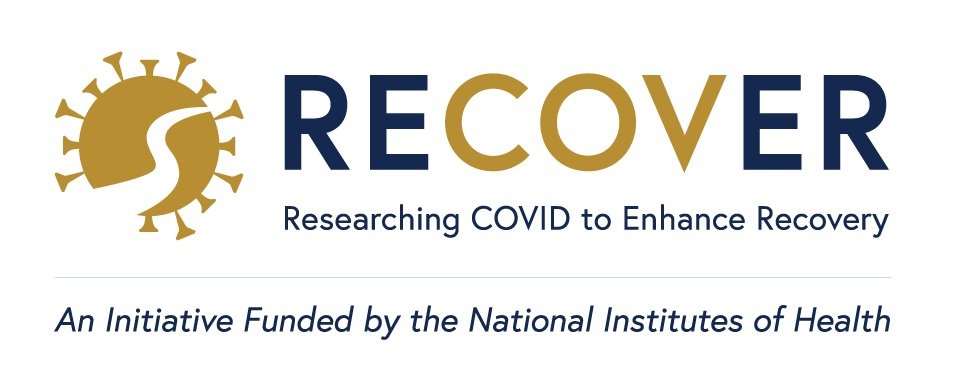Research
BCRC highlights research centering diverse study cohorts, health equity, and the ways in which Long COVID and social determinants of health impact the community's health.
Featured Research
Tanayott (Tony) Thaweethai, PhD, Associate Director, Biostatistics Research and Engagement, MGH Biostatistics
-
Objectives:
Understand the experience of Black and Latinx communities’ experiences with Long COVID through focus groups
Understand the experience of diverse communities with Long Covid, health care experiences, and socioeconomic impacts
Linda Sprague Martinez, PhD, Boston University School of Social Work, MassCPR
-
Summary: Long COVID is the continuation of covid symptoms 30 days or more after an infection. Due to the varying symptoms, it is crucial to create a symptom-based criteria and definition of Long COVID. A criteria of 44 participant-reported symptoms was created to define Long COVID/PASC. The most common symptoms include "post exertional malaise, fatigue, brain fog, dizziness, gastrointestinal symptoms, [and] palpitations".
-
Summary: Data report from the outreach services for Fenway Health for Expanding COVID-19 Axis on four categories. These are Demographics, Health Service Location/Service, Impact of COVID-19 on participants, and Beliefs and Comments..
Boston Lesbigay Urban Foundation Inc. (BLUE)
RECOVER Study
RECOVER is a research initiative that seeks to understand, prevent, and treat PASC, including Long COVID.
-
https://recovercovid.org/
Website
-
The RECOVER Clinical Trials are phase 2 clinical trials researching five symptom areas in Long COVID.
Autonomic Dysfunction: dizziness, fast heart rate, shortness of breath, upset stomach, or other changes in body functions that happen automatically
Cognitive Dysfunction: brain fog, trouble thinking clearly, memory changes, slowed attention, and other symptoms related to brain function
Exercise Intolerance and Fatigue: exhaustion or low energy that interferes with daily activities
Sleep Disturbances: changes in sleep patterns or ability to sleep
Viral Persistence: when the virus that causes COVID-19 stays in the body and causes damage to organs or the immune system to not function properly
-
Objectives:
Promote participant engagement and retention
Collect and analyze information complementary to the RECOVER cohort studies
Improving diversity of Long COVID research cohorts*
Abstract:
Collecting biosensor data with Fitbits for Long COVID research
Long COVID
Long COVID, also known as Post-COVID, Long-haul COVID or Post-acute COVID, is a range of new, lingering, or returning symptoms that patients experience four or more weeks after an initial SARS-CoV-2 infection.
-
Summary: Long COVID was categorized into 4 main types based on symptoms. These types are: "1) heart and kidneys, 2) breathing, sleep, and anxiety, 3) muscles and nerves, and 4) digestive tract and breathing." Understanding these types will help with patient diagnosis and treatment plans.
-
Summary: Review article created to summarize existing literature on how COVID-19 creates the symptoms and conditions seen in Long COVID.
-
Definition, intro, risk factors
Long COVID and Social Determinants of Health
-
Summary: An observation of the electronic health records of 60,000 adults showed that Black and Hispanic adults had higher rates of Long COVID symptoms than White adults.
-
Lukkahatai, Nada; Rodney, Tamar; Ling, Catherine
-
Summary: Social determinants of health surrounding COVID include healthcare access, inequities, social factors, and treatment options. Earlier in the pandemic, it was discovered that Black and Latino communities were disproportionally affected by COVID, and Indigenous people had a 108% higher death rate from COVID than White people. The social determinants of health include education, healthcare access, economic stability, neighborhood and environment, and community context.
-
Summary: The Healthy People initiative describes potential solutions to health inequities and social determinants of health in the case of COVID. It reviews how the COVID pandemic has highlighted and exacerbated existing health inequities. Potential solutions to fight these inequities include civic engagement, community interventions, and collaborations on the political level.







